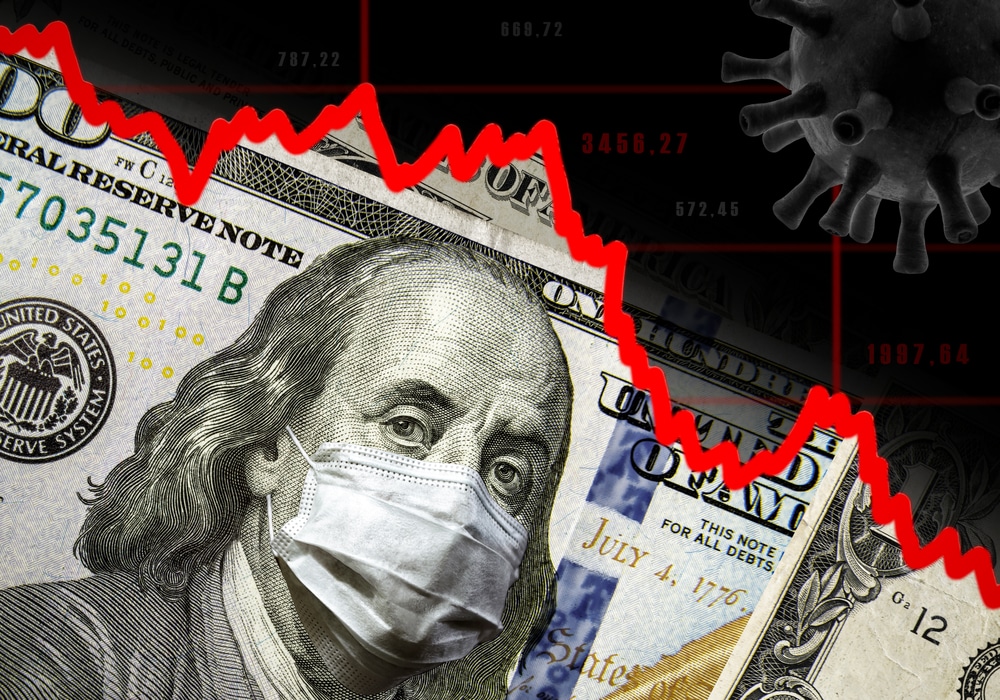
The US Market’s Uncanny Resemblance to 1929, 1987, and 1990 in Japan
Should we be concerned that our current market looks just like those of 1929, 1987, and 1990 (in Japan)?
Some technicians, such as Dmitri Speck of Acting-Man.com, seem to think so.
Are their claims valid? It doesn't matter. The comparisons are compelling enough for us to investigate whether such similarities are a product of mere coincidence, or whether they present information that is more relevant, perhaps even timely.
And whether you believe that economic fundamentals make for better "predictions" than technical chart patterns or vice versa, none of which have yielded any consistent predictions, by the way, it's difficult to ignore an instance when the current market conditions resemble those of the past.
It's especially hard to ignore when resemblances of past conditions, fundamental or technical, suggest the coming of a severe downturn.
Such a resemblance is what Dmitri Speck had discovered. His finding is noteworthy. But his overemphasis on sentiment is a bit problematic.
You see, it is true that transactions are driven by an economic need, and by extension, a desire to satisfy a requirement (hence it is driven by sentiment).
But to view "The Market" as a master composite of all minds, as some technical analysts do, rather than the workings of several individual minds is to eliminate randomness from the equation.
And market outcomes are often random. That's why economists with PhDs always have to peddle back when they miss a major market turn that, in retrospect, seemed too obvious, such as the 2008 global financial crisis.
Markets don't follow neat mathematical models.
And markets don't replicate themselves in a cookie-cutter fashion.
The US markets of 1929, 1987, and Japan's market in 1990 may share economic similarities, but there are also a lot of differences.
BUT...the resemblances do tell us that there may be enough similarities between markets to cause concern.
So, let's dive in and take a look at what some market technicians are trying to point.
DJIA 2018: Here's where we are at the time of writing:
This also bears similarity to the DJIA in 1929 (source: Acting-Man.com).
And finally, Japan's Nikkei in 1990 (source: Acting-Man.com).
Take the similarities for what they're worth. But in each instance you'll notice the following:
A parabolic move toward a top
A sharp correction followed by a failure to test the previous top
And finally, a break below support, followed by a dramatic plunge.
At this moment, we are at #2. You know what will happen if we reach the third stage.
And if you aren't hedged yet, if your assets aren't protected, contact us now before it's too late.














